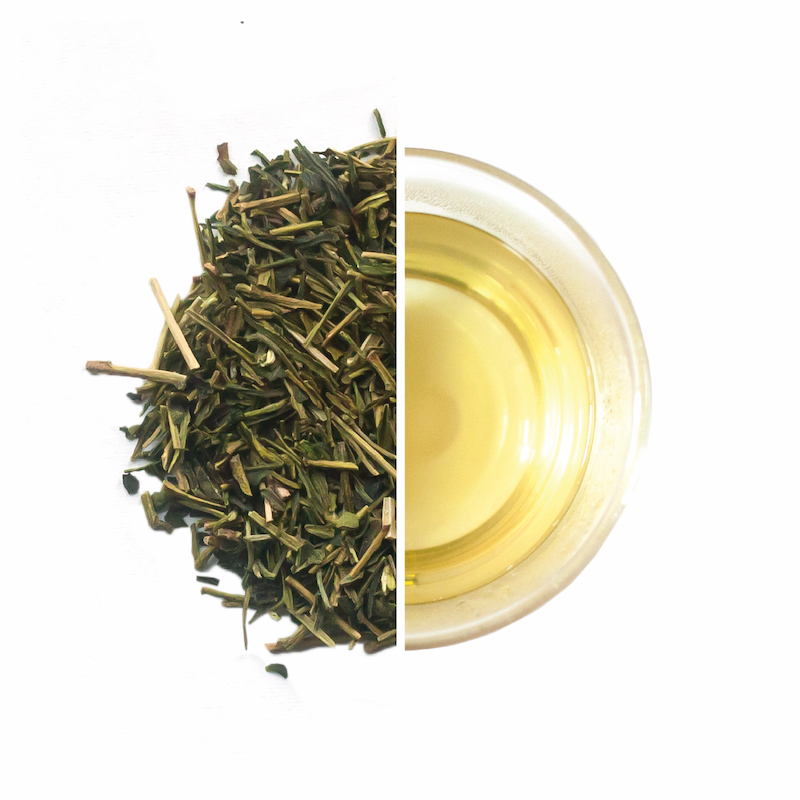Summer in Japan can be intense, to say the least. The high temperatures and harsh humidity are brutal. Nonetheless, we still want to eat wagashi, of course! So here’s my little guide to enjoying Japanese sweets in the summertime.
Summer calls for sweets that bring cooling images to mind. Summer wagashi tend to be lighter on sweetness, making them easier to enjoy in the heat. Wagashi, such as warabi-mochi (わらび餅) and mizu-manjû (水饅頭), translucent jelly-like sweets, can be a refreshing indulgence during the hot months. In the past, I have visited Japan primarily during the summer period, so I might have a particular affinity for Japanese summer sweets.



If you are sufficiently desperate in the summer heat, kakigoori (かき氷) or Japanese shaved ice is the way to go! This icy delight is made by shaving ice blocks into a fine, fluffy texture, creating a delicate snow-like consistency. The shaved ice is then generously drizzled with an assortment of syrups and common choices for toppings include sweetened condensed milk, fresh fruit slices, mochi balls or shiratama (白玉), or even a scoop of ice cream. Kakigoori is special in Japanese summer culture, conjuring images of festivals, matsuri (祭り), and beach outings.



I have fond memories of visiting the famous wagashi institution, Toraya (虎屋), which has the most beautiful jô-namagashi as well as incredible seasonal kakigoori, such as this refreshing one with an acidic yuzu syrup. The balance of acidity and sweetness is nothing less than superb!
As a more elevated summer wagashi, we find kingyoku (錦玉). Kingyoku is a Japanese confection made with agar sweetened with sugar or syrup, then solidified in a mould. The artistry of kingyoku lies in its intricate designs and shapes. The use of vibrant colours adds to the visual appeal of this sweet, making each piece resemble a work of edible art. The translucent quality of the confection allows light to pass through, creating a captivating play of colours and textures. It is often used to imitate water, such as a pond with koi fish.



What tea should we then pair with the sweets of summer?
I find that Obubu’s Tsubame Kukicha is an excellent fit as a summer tea. Kukicha (茎茶), literally translated as ‘stem tea,’ is made using the tender stems and stalks of the tea plant. Once the leaves are harvested, they undergo steaming and processing, and the stems are carefully separated and dried to create kukicha. At Obubu, the various kukichas have bird names since the tea itself looks reminiscent of a bird’s nest.
Tsubame (燕) is the Japanese name for swallow. Swallows come to Japan at the end of spring, and their nests can be found everywhere when summer starts. Tsubame Kukicha is made from the stems of tencha, a tea shaded for three weeks before harvest. The flavour is refreshing and medium-bodied, and cold brewed, it would make an excellent summer companion.
Another cold-brew tea that holds a special place in my heart is the genius invention of my senpai and previous assistant manager at Obubu, Jean Rosas. Combining matcha and tencha and cold-brewing it with lots of ice, he has created the most refreshing and energizing drink you could think of in the summertime. Even if my internship period was in the cooler months of the year, I am grateful he introduced me to this magic and thirst-clenching concoction.
In my opinion, when the scorching heat of summer arrives in Japan, indulging in sweets such as warabi-mochi, kakigoori, and mizu-manjyû becomes a delightful way to satisfy your appetite for sweets during the notoriously hot days of summer. While the gelatinous and chewy sweets might not be what you are used to, I encourage you to give them a chance! Embracing the unique textures and flavours of summer wagashi is a beautiful opportunity to explore the culinary traditions of Japan!
References
Shun Gate (2018). Kisetsu to Deau: Natsu no Wagashi [Encountering the Seasons: Summer Wagashi]. https://shun-gate.com/power/power_56/ (Accessed 1/3/2024).




